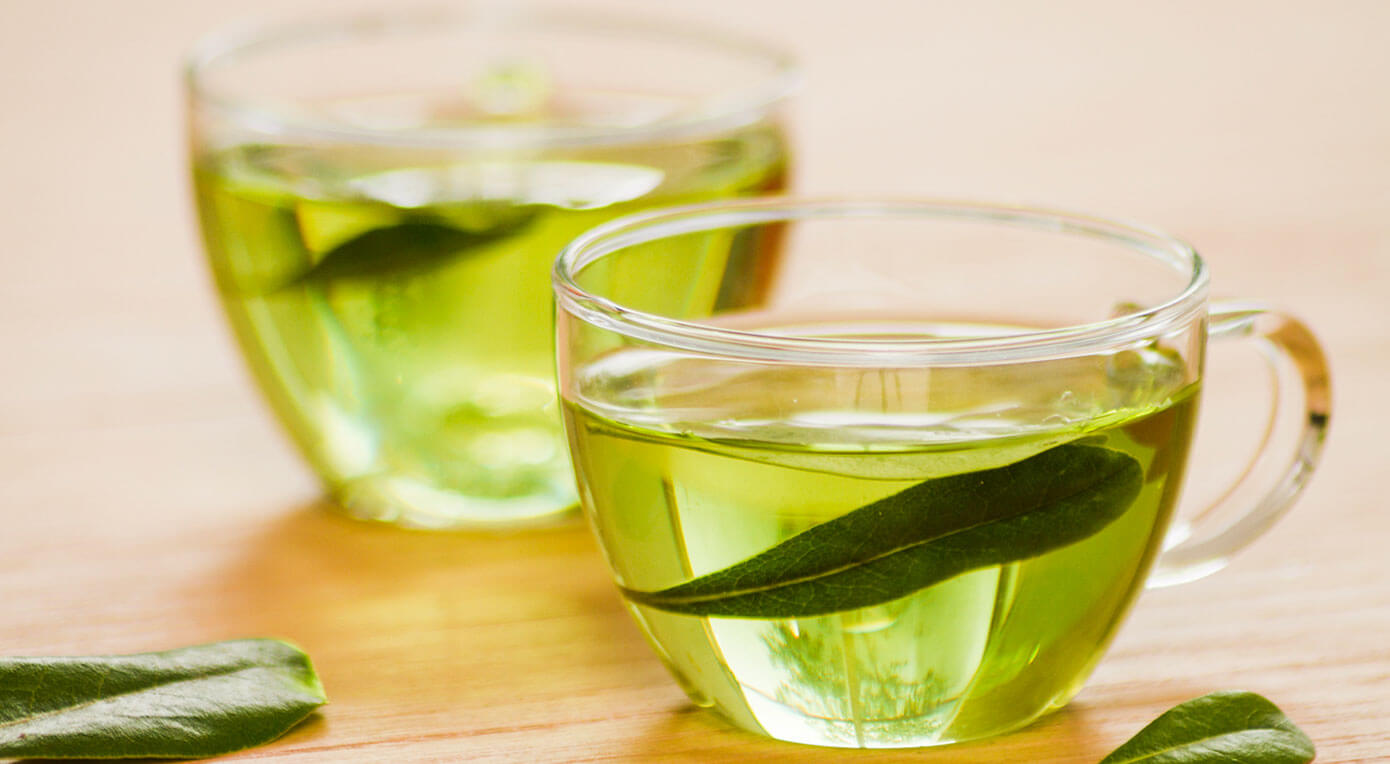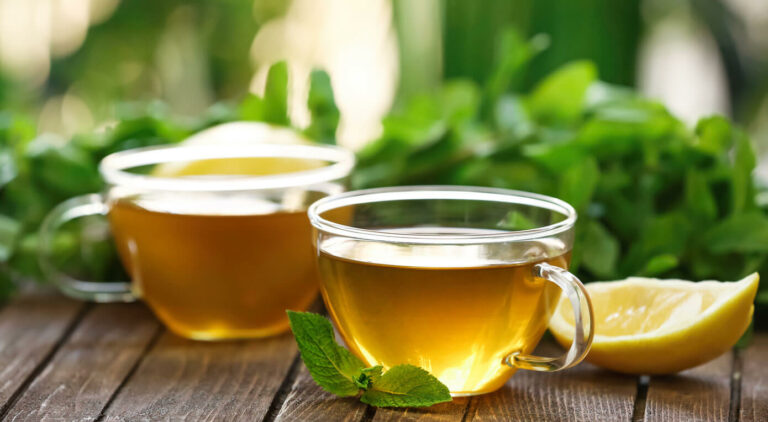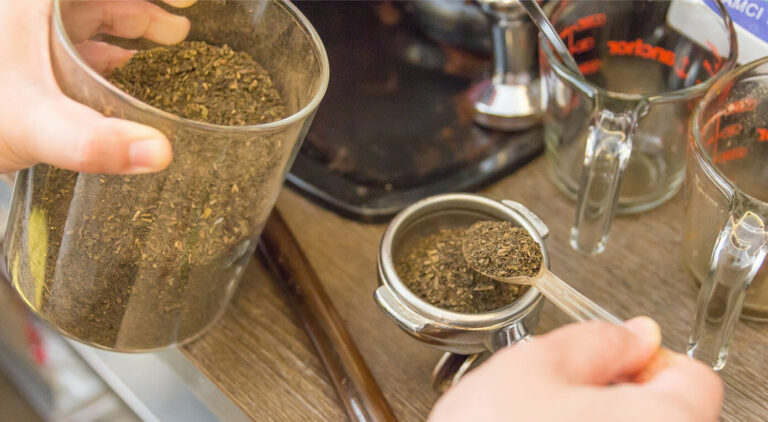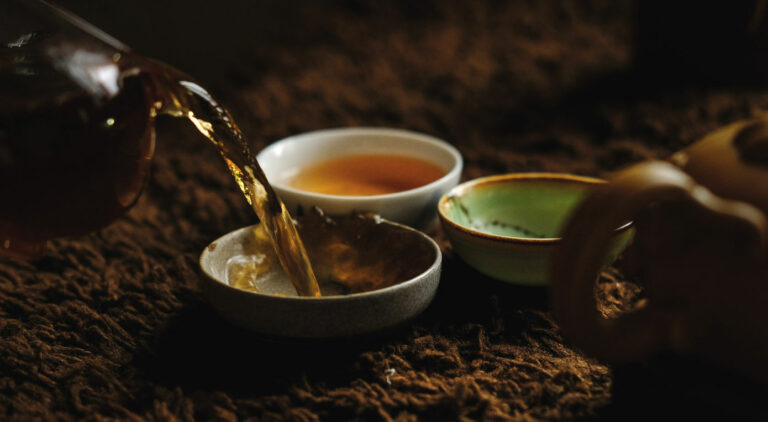Is Green Tea a Clear Liquid?
The next time you find yourself in the middle of an emergency room visit or for a medical test, and a nurse asks you if you’ve had any clear liquids recently, don’t let thoughts of green tea catch you off guard. Is green tea a clear liquid?
This is one of the more common questions—and we can see why. After all, green tea isn’t just a delicious beverage. It’s also the only liquid that we know of that’s been proven to have a ton of health benefits. And while these benefits aren’t always completely clear (some studies say it helps with weight loss, others say it doesn’t), there are still lots of great reasons to drink it. But is green tea a clear liquid?
When you’re in the hospital or at the doctor’s office for a medical procedure like colonoscopy preparation they will ask you if you’ve had any clear liquids lately. They’re asking because they want to make sure that your body can safely process certain medications or types of food without any complications or wrong diagnosis. If your body hasn’t had enough time to fully digest something—whether it be food or drinks, it may lead to inaccurate test results or even digestive problems.
What exactly is a clear liquid?
When you are on a clear liquid diet, the drink you consume must be liquids that you can see through at room temperature without particles as much as possible. They can be clear juices like white grape juice, purple grape juice, apple juice, ginger ale, clear broth, black tea, herbal tea sports drinks, and black coffee. Even hard candies can be considered a clear liquid.
Once the milk is added to any of the above, they are not clear fluids anymore. Anything that has to do with milk products is not considered clear liquids.
Popsicles and plain gelatin are also considered a clear liquid when they have melted and do not have solid bits in them like fruits, yogurt, vegetables, nata de coco, aloe vera, or other solid foods.
Soups are not clear liquid if they look cloudy, such as tomato soup, chicken soup, and corn soup.
Depending on your medical conditions, your healthcare provider will be able to provide specific directions and advise you on which of the above is suitable for your digestive system.

Is Green Tea a Clear Liquid?
As for green tea, is it a clear liquid? Yes and no, it can be ambiguous. The liquid itself can be seen through, but depending on how you brew it, green tea may include residues that can enter your digestive tract when you drink it.
Why Green Tea is a Clear Liquid
Otherwise, green tea is not clouded and you can see right through it to the bottom of the cup. It doesn’t matter the color of green tea, whether it’s bright yellow or brown. So long you can see through it like water with no bits of solids, it’s considered a clear liquid.
Once you add milk to it, it’s not a clear liquid anymore, because milk itself is not a clear liquid.
If you are going for a medical procedure that requires you to only take clear liquids before that, and you want to have a cup of green tea. Make sure to filter any residues, or tea leaves out of your drink. This should keep it clear. The best is to consult your doctor for the best advice on this.
That said, there is a study done by BMC Gastroenterology on patients suffering from nausea and vomiting, and abdominal pain in cleaning their bowels prior to colonoscopy. In this research, it was found that green tea helps to reduce the adverse reactions of these patients due to the bowel preparation procedure [1]https://bmcgastroenterol.biomedcentral.com/articles/10.1186/s12876-020-01220-3.
Matcha tea however is thick when brewed, it shouldn’t be considered a clear liquid since there’s no way to see through the drink to the bottom of the cup as easily as water.
What Makes Green Tea Cloudy?
Water Temperature
Green tea can be a clear liquid, but only if it’s been steeped in water that’s below 74 degrees Celsius. If you heat your water hotter than that, your tea will no longer count as a clear liquid—the tannins and other compounds in the tea will start to come out and make your drink cloudy instead of transparent.
But don’t fret! The process of steeping green tea leaves in boiling water actually makes it healthier for you by releasing more antioxidants into your drink. So even though you lose the “clear liquid” aspect of it, you’re still doing something good for your body by heating up your water before adding the tea leaves.
The more green tea you add to hot water the more concentrated it will be, and the cloudier or murkier will your green tea become.
There’s no harm in using boiling water or steeping green tea leaves in water for a longer time. But if you want only clear green tea, don’t use boiling water and steep it in hot water for only about 3 minutes. That should be sufficient.
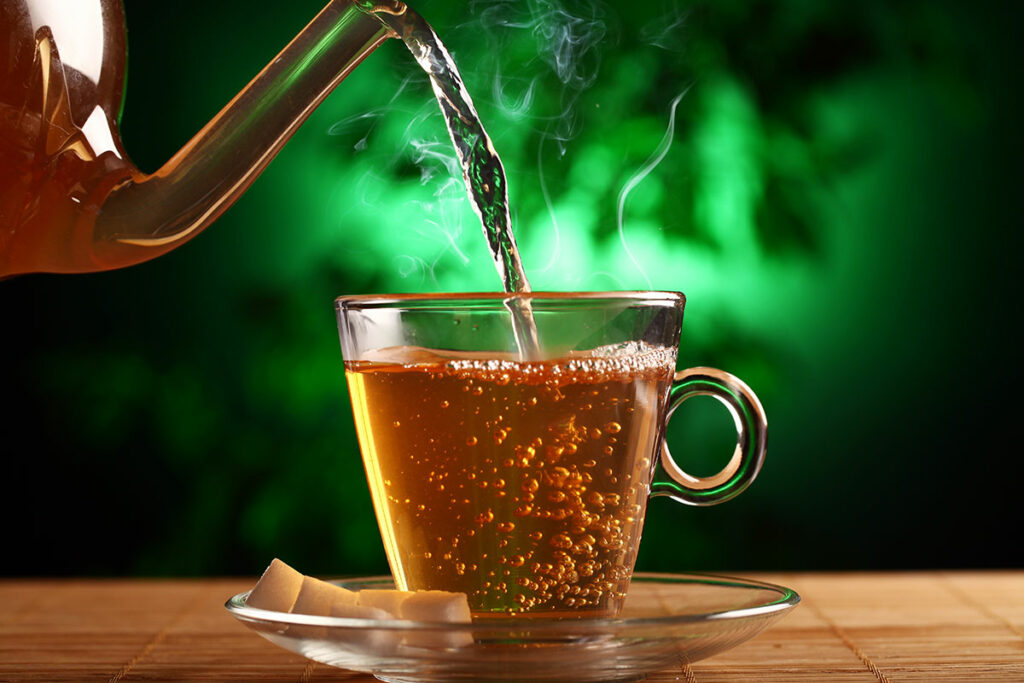
Steeping
There are times you make a cup of green tea, letting your tea bag or leaves steep in hot water, and forget all about it. By the time you know it, you’ve let your tea steep for ten minutes instead of five, and there you have it: cloudy green tea! But what causes the change? What exactly is happening in those extra five minutes to make your green tea cloudy?
Well, as I’m sure you can imagine, just as green tea is not necessarily green in color, it’s pretty scientific. When your green tea steeps for a long time, more oxygen gets into the water and oxidised the tea more than it should have been. More particles are being produced, this means more tannin and caffeine particles are released into the water. These particles are what make the green tea cloudy.
Verdict of Green Tea as a Clear Liquid
Your cup of green tea can be as clear as you want it to be or as murky as it can be. Both can give you a great taste which depends on your preference. If you need your green tea to be a clear liquid due to medical reasons, just make sure there are no solid particles in there. You can filter it to remove them, or just use green tea bags for convenience. For this purpose, consult your doctor to be sure.
References
| ↑1 | https://bmcgastroenterol.biomedcentral.com/articles/10.1186/s12876-020-01220-3 |
|---|
